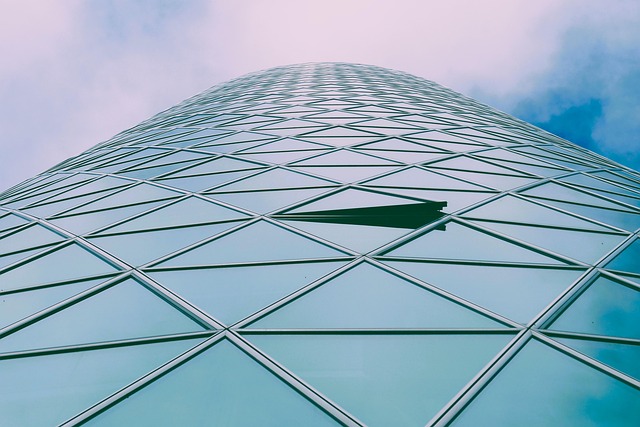In an era where climate change and sustainability have become paramount concerns, the architectural landscape is undergoing a remarkable transformation. Waste-free architecture” is not just a trend; it is an art form that embodies harmony between human creativity and environmental stewardship. By integrating innovative design principles with a commitment to eliminating waste, architects are redefining the aesthetic of our built environments.
At its core, waste-free architecture challenges the traditional perceptions of building design. It calls upon architects and designers to envision structures that not only serve functional purposes but also resonate with the natural world. Through the use of renewable materials, repurposing existing structures, and embracing local resources, these architects celebrate the beauty of their surroundings while minimizing their ecological footprint.
The integration of art into waste-free architecture elevates the built environment into a canvas where sustainability meets creativity. Imagine a community center crafted from reclaimed wood and oversized glass panels that invite natural light. This fusion of resources not only enhances the aesthetic appeal but also tells a story of resilience and respect for nature. Each component becomes a brushstroke in a larger narrative of environmental consciousness.
Incorporating elements such as living walls, green roofs, and natural ventilation systems embodies the principle of waste-free architecture by harmonizing indoor spaces with outdoor ecosystems. These design features serve a dual purpose: creating aesthetically pleasing environments while promoting biodiversity and energy efficiency. Architects are becoming poets of space, weaving together form and function in ways that inspire both occupants and onlookers.
Furthermore, waste-free architecture encourages a mindset shift towards viewing building materials as finite resources to be cherished rather than disposable commodities. By prioritizing quality over quantity, designers create structures that stand the test of time. This approach not only fosters a deeper appreciation for craftsmanship but also reflects the ability to create beauty without degrading our planet.
The aesthetic potential of waste-free architecture lies in its adaptability. Each project is a unique expression that reflects local culture, environmental considerations, and artistic vision. Whether it’s a minimalistic home showcasing clean lines and natural textures or a vibrant public space bustling with reclaimed art installations, each design tells a story of transformation. This is where architecture transcends mere functionality and evolves into a powerful statement about our relationship with the Earth.
As communities embrace waste-free architecture, they not only contribute to environmental solutions but also cultivate a sense of shared responsibility and communal identity. The collective act of building with intention fosters a culture that values sustainability. People are inspired to interact with their surroundings, promoting connections that are both social and ecological.
In this journey towards waste-free architecture, education and collaboration play pivotal roles. Architects, artists, engineers, and community members must unite to explore innovative ideas, promote sustainable practices, and push the boundaries of what is possible. By fostering an open dialogue, we can celebrate diversity in design while reinforcing our commitment to a brighter, greener future.
As we stand at the crossroads of creativity and conservation, waste-free architecture emerges as a beacon of hope. It beckons us to reimagine our spaces, embrace our resources, and honor our planet through the art of design. In each thoughtfully crafted environment, we find not just shelter, but a testament to harmony—an inspiring legacy for generations to come.




